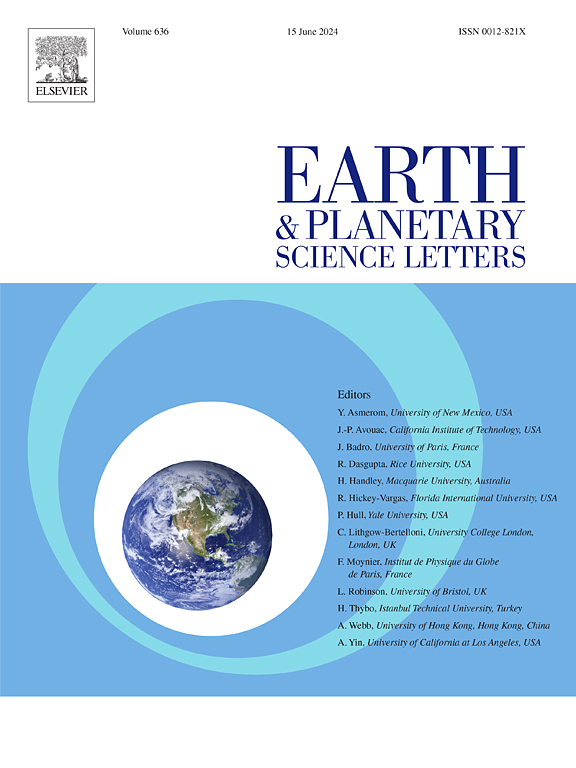Global comparative basin hypsometric analysis of Earth and Mars: Implications for early Mars climate
IF 4.8
1区 地球科学
Q1 GEOCHEMISTRY & GEOPHYSICS
引用次数: 0
Abstract
While there is a consensus that water played at least some role in the formation of various Martian landforms, including valley networks (VNs), the specific mechanisms and climate conditions are still debated. Basin hypsometric curves, reflecting elevation distributions, offer insights into past processes and climates. Our study presents a global-scale comparison of basin hypsometry on Mars, Earth, the Moon, artificial fractal surfaces, and computer simulated landforms. Results indicate Martian VN formation likely occurred under a climate more arid than hyper-arid Earth, or under more humid periods that were short-lived. Differences in hypsometric attributes between Mars and the Moon suggest VN formation on Mars involved precipitation-driven water flow. Additionally, impact cratering significantly influenced Martian surface conditions, potentially disrupting fluvial erosion processes. This comparative analysis sheds light on the complex interplay of climatic factors and geological processes in Martian landscape evolution.
求助全文
约1分钟内获得全文
求助全文
来源期刊

Earth and Planetary Science Letters
地学-地球化学与地球物理
CiteScore
10.30
自引率
5.70%
发文量
475
审稿时长
2.8 months
期刊介绍:
Earth and Planetary Science Letters (EPSL) is a leading journal for researchers across the entire Earth and planetary sciences community. It publishes concise, exciting, high-impact articles ("Letters") of broad interest. Its focus is on physical and chemical processes, the evolution and general properties of the Earth and planets - from their deep interiors to their atmospheres. EPSL also includes a Frontiers section, featuring invited high-profile synthesis articles by leading experts on timely topics to bring cutting-edge research to the wider community.
 求助内容:
求助内容: 应助结果提醒方式:
应助结果提醒方式:


